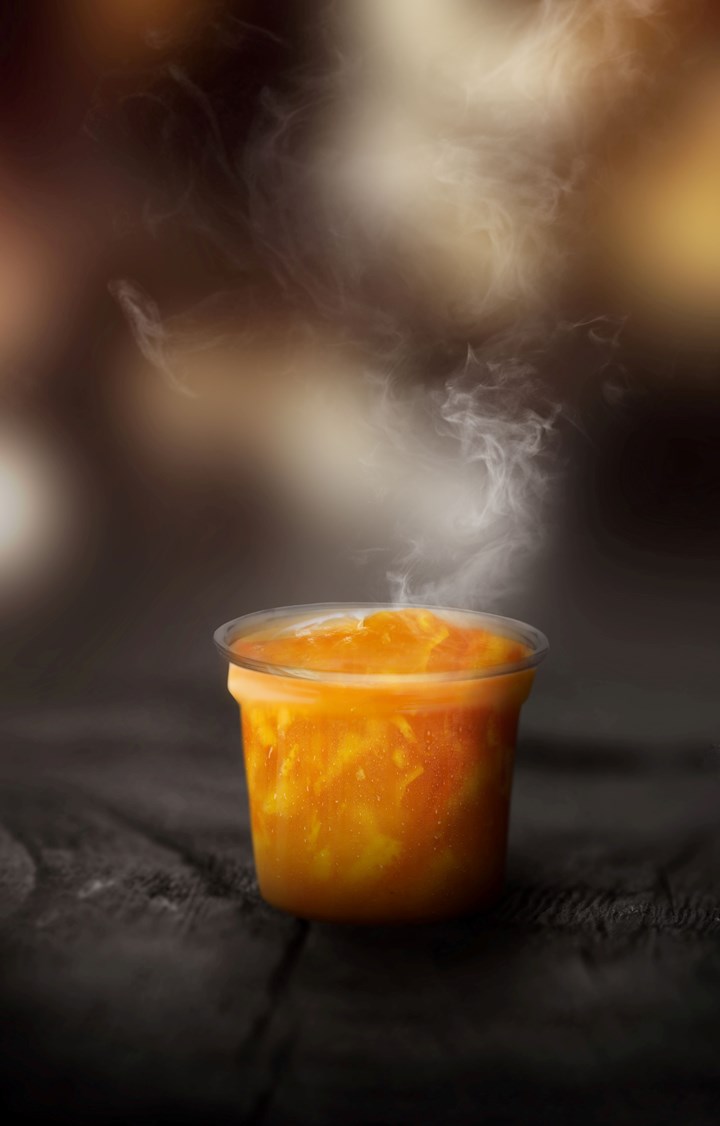Circular Packaging Based on Perstorp’s Akestra 100 and 110 Officially Endorsed in Europe
Perstorp’s next-generation co-polyester enhance thermoformed recycled PET products by adding heat resistance capabilities and more.

The Technical Committee of the Tray Circularity Evaluation Platform (TCEP) of PETCORE Europe has officially endorsed the use of novel co-polyesters Akestra 100 and Akestra 110, manufactured by Sweeden’s specialty chemicals innovator Perstorp, for the production of heat-resistant PET trays. In addition, the committee has recognized that the use of Akestra 100 and 110 do not have a negative impact on current European PET recycling streams. TCEP is a voluntary European industry initiative that provides PET thermoforms design guidelines for recycling, evaluates thermoform packaging solutions and technologies, and facilitates understanding of the effects of new PET thermoforms innovations on the recycling process. The TCEP initiative fully supports the economic and environmental sustainability of the European PET value chain.
Akestra has been shown to enable customers to enhance recycled PET by adding heat resistance capabilities and also achieve sustainability targets by increasing recycled material content and enabling design for circularity. With this endorsement, Akestra 100 and 110 are established to enable a circular packaging solution with high post-consumer content (PCR), and for being recyclable in existing recycling streams for tray-to-tray. Akestra 100 and 110 are hereby confirmed in Europe as replacement of fossil based, linear traditional packaging made of polystyrene or polypropylene.
First launched at K 2013, Akestra was dubbed as a next-generation co-polyester characterized as a sparkling alternative to PC, PS, and glass for use in both disposable and reusable packaging. It can be used as a PS replacement for heat-resistant thin- wall containers, a PC replacement for durable "dishwasher proof" transparent products and a glass replacement for hot-fill food containers. Akestra’s high glass transition temperature, combined with its amorphous and high strength properties reportedly make it a superior alternative in food packaging, and a material that can be easily blended with other plastics to improve their properties too. Clarity, heat resistance and high melt strength are properties that open up a wide range of design opportunities particularly in packaging. The high melt strength of Akestra has been shown to make it particularly suitable for extrusion blow molding as well as extrusion foaming processes. In combination with PET, it creates a finer cell structure allowing further weight savings with superior mechanical properties in structural and packaging foam applications. Moreover, it promotes sustainability. When used in co-extrusion sheets for thermoforming, Akestra is said to surpass PS heat resistance for hot-fill applications and, by using recycled PET, it can contribute to a more sustainable packaging solution with a lower carbon footprint
Related Content
-
Masterbatches Reduce Gloss in PLA and PETG 3D Printed Products
Insight Polymers & Compounding’s two low-gloss additive masterbatches shown to boost appearance of 3D printed objects.
-
Intrinsic Viscosity Enhancer for rPET and PET Food-Contact Applications
Nexam’s Nexamite MO2100 rebuilds molecular weight and increases IV to enable upcycling of rPET.
-
Process Aid Concentrates are PFAS-Free
Wide range of products for cast/blown film and pipe.













